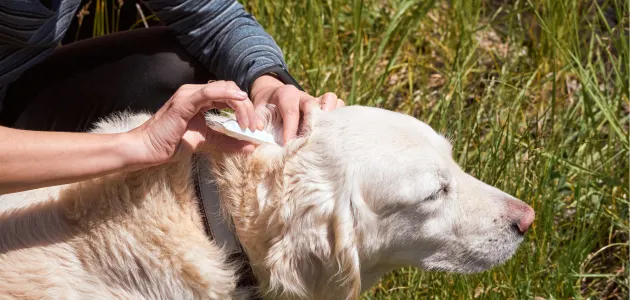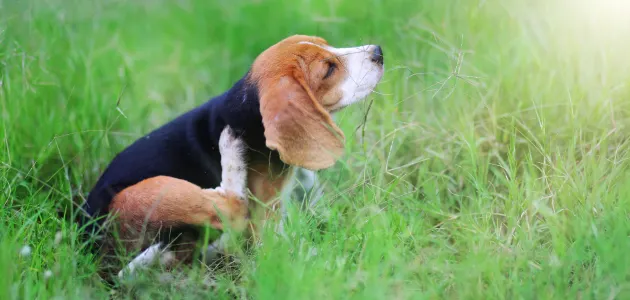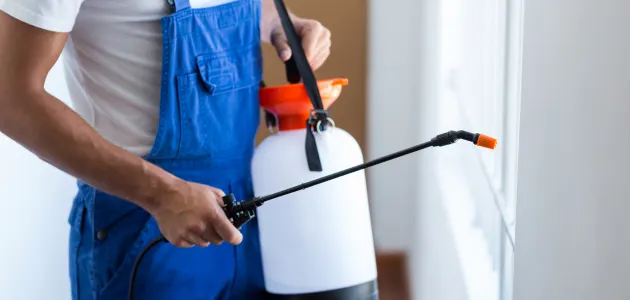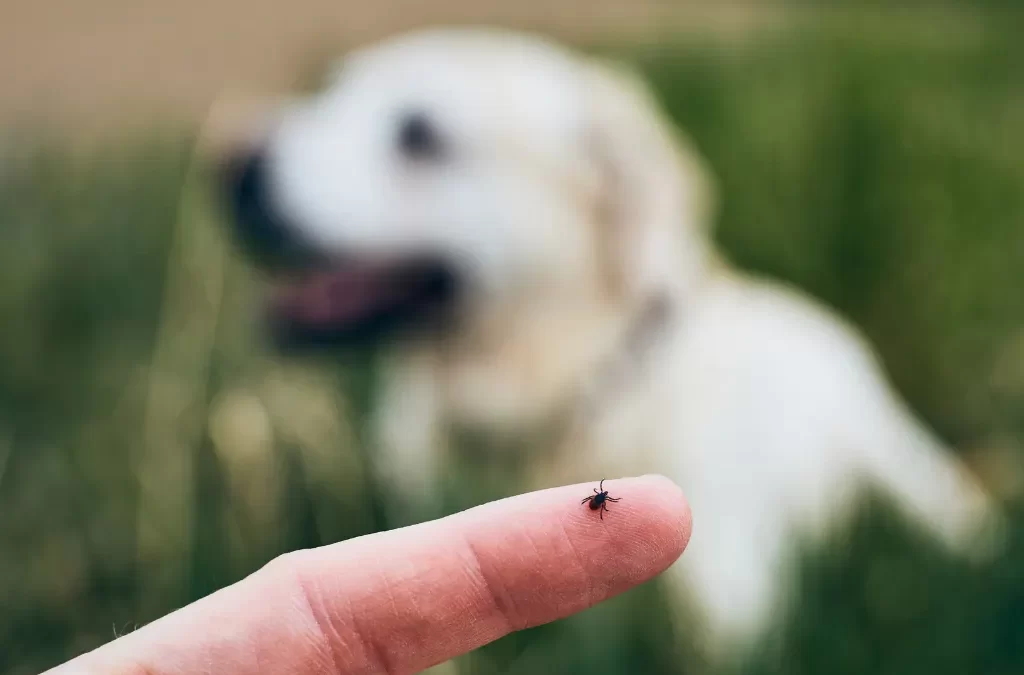As a dog owner, you want to keep your furry friend safe and healthy. One of the biggest threats to your dog’s health are pests such as fleas, ticks, mosquitoes and rodents.
As the weather warms up, these pests become more active and are more likely to infest your home and yard. In this blog post, we’ll discuss the different types of pests that can harm your dog and how to prevent and treat infestations.
Common Pests Harmful to Dogs

Fleas
Fleas are tiny insects that can cause severe itching, skin allergies, and even anemia in your dog. They can also transmit diseases to both humans and dogs. To prevent and treat flea infestations, you should keep your home and yard clean and vacuum regularly.
Use flea treatments such as shampoos, sprays, and collars to kill and repel fleas from your dog. Be sure to speak with your veterinarian about the best flea preventative for your furry friend.
Ticks
Ticks are bloodsucking pests that can transmit Lyme disease, Rocky Mountain spotted fever, and other diseases to your dog. They are commonly found in wooded areas and tall grasses.
It’s important to check your dog for ticks after a walk or hike and remove them immediately. To prevent ticks, use tick repellents and keep your yard trimmed and free from debris.
Mosquitoes
Mosquitoes are not only annoying, but they can also transmit deadly diseases such as heartworm to your dog. Heartworm is a parasite that lives in the heart and lungs and can cause heart failure if left untreated.
Use mosquito repellents to protect your dog from bites and remove any standing water in your yard where mosquitoes can breed.
Rodents
Rodents such as rats and mice can carry diseases that can harm both humans and dogs. They can also attract fleas, ticks, and other parasites.
To prevent rodents, make sure your home is properly sealed and eliminate any sources of food and water. If you suspect a rodent infestation, contact a pest control expert to safely remove them.
Signs of Pest Infestation in Dogs

Pest infestations in dogs can be uncomfortable and harmful to their health. It’s important for dog owners to be aware of the signs that indicate a possible pest infestation. Here are some common signs of pest infestation in dogs:
Excessive Scratching: If your dog is constantly scratching or biting at their skin, it could be a sign of fleas, ticks, or other parasites.
Hair Loss: Infestations of pests like fleas or mites can cause hair loss in dogs. Look for patches of thinning fur or bald spots on your dog’s body.
Skin Irritation: Pests can cause skin irritation and redness in dogs. Keep an eye out for red bumps, rashes, or inflamed areas on your dog’s skin.
Visible Signs of Pests: Check your dog’s fur and skin for visible signs of pests such as fleas, ticks, or mites. Look for tiny insects or their eggs, which may appear as small dark specks or white particles.
Changes in Behavior: Infested dogs may show signs of discomfort, restlessness, or agitation. They may excessively groom themselves or exhibit unusual behavior due to the irritation caused by pests.
Lethargy: A pest infestation can drain your dog’s energy and make them more lethargic than usual. If you notice a sudden lack of energy or enthusiasm in your dog, it could be a sign of an underlying pest problem.
Digestive Issues: Some pests, like certain worms, can cause digestive problems in dogs. Look for symptoms such as vomiting, diarrhea, or changes in appetite.
If you suspect that your dog may have a pest infestation, it’s important to consult with a veterinarian for proper diagnosis and treatment. They can provide appropriate medications, recommend preventive measures, and advise you on how to eliminate pests from your dog’s environment.
Preventive Measures for Protecting Dogs from Pests

Regular Grooming and Inspections
Frequent grooming allows you to spot and remove pests early. Check your dog’s ears, paws, and fur regularly for any signs of infestation.
Pest-Proofing Your Home and Yard
Seal cracks and crevices in your home to prevent pests from entering. Trim bushes and grass regularly and remove standing water from your yard to discourage breeding grounds.
Using Dog-Safe Pest Repellents
Choose natural pest repellents that are safe for dogs. Essential oils like lavender and citronella can help keep pests at bay without harming your pet.
Keeping your dog safe from pests requires a proactive approach to pest control. By keeping your home and yard clean and using preventative measures such as flea and tick treatments, you can reduce the risk of infestations.
It’s also important to regularly check your dog for signs of pests and remove them immediately. By following these tips, you can protect your furry friend from the harmful effects of pests and ensure they stay healthy and happy for years to come.

